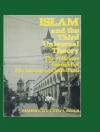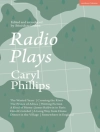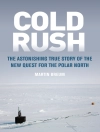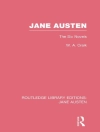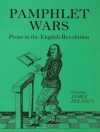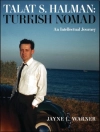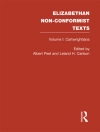This book takes a fresh look at the representation of Cornwall in literature from the nineteenth century to the present day. It identifies alternative literary ‘Cornwalls’ and seeks to understand these lost, hidden or subsumed versions of place and their relationship to the dominant, tourist-friendly ways in which Cornwall has been culturally produced. Digging down (a fitting metaphor given the importance of mining) below a sun, sea and sand promotion of Cornwall as an exotic haven, the volume offers new readings of familiar texts and locations, reintroduces little-known, forgotten or rarely studied material and inhabits places that are seldom centre stage. Considering class, gender, rural and urban locales, exterior and interior landscapes, and conceptualizations of the edge, it presents novel and invigorating perspectives.
Taking as her subject matter the work of both Cornish and visiting writers, literary scholar and Cornishwoman Gemma Goodman explores the fictional terrain beyond the creative landmarks that dominate how Cornwall is fashioned and understood in the national imaginary. In doing so, she begins to establish a more detailed cultural geography of this intricate land- and seascape. This book helps position Cornish literature as a body of work in its own right as well as within the wider context of British writing and literary studies.
Table of Content
Introduction: Cornwalls
1. Mining Class and Gender
2. Beyond England
3. On the Edge
4. Urban Cornwall
5. Moor and Clay
Conclusion: Looking and Seeing
Notes
Bibliography
Index
About the author
Gemma Goodman holds a Ph D in English Literature from the University of Warwick. She returned home to Cornwall in 2016 from where she continues her research on literature of Cornwall, whil e working as a researcher on academic projects and as a project manager for cultural and heritage projects



